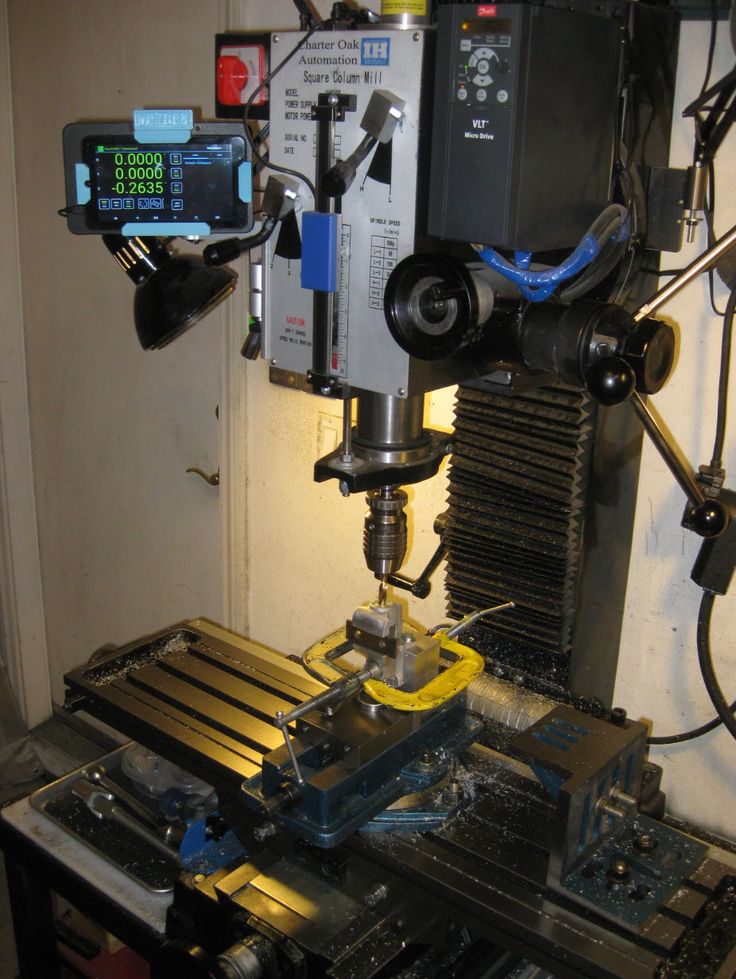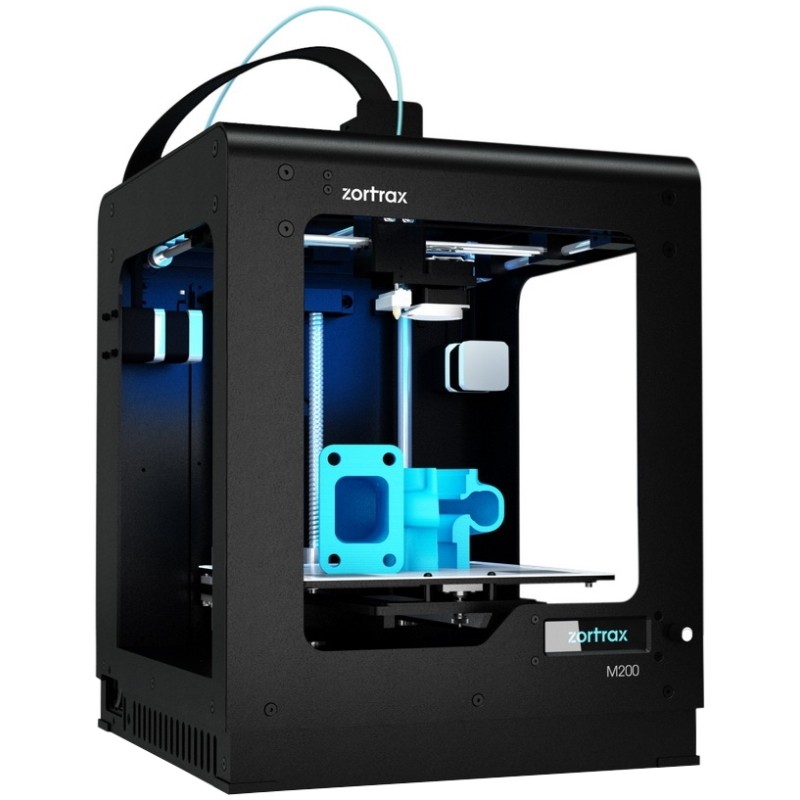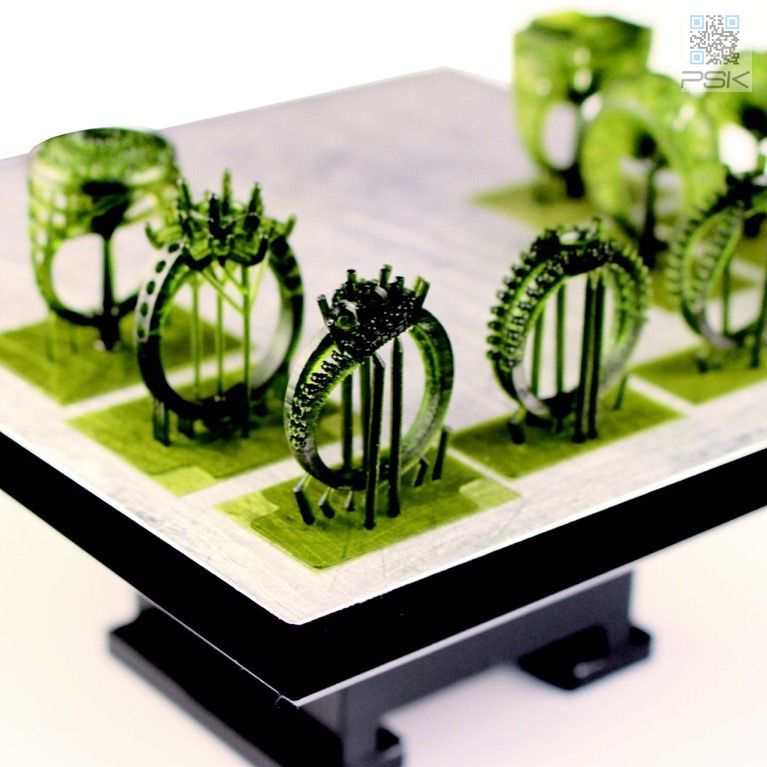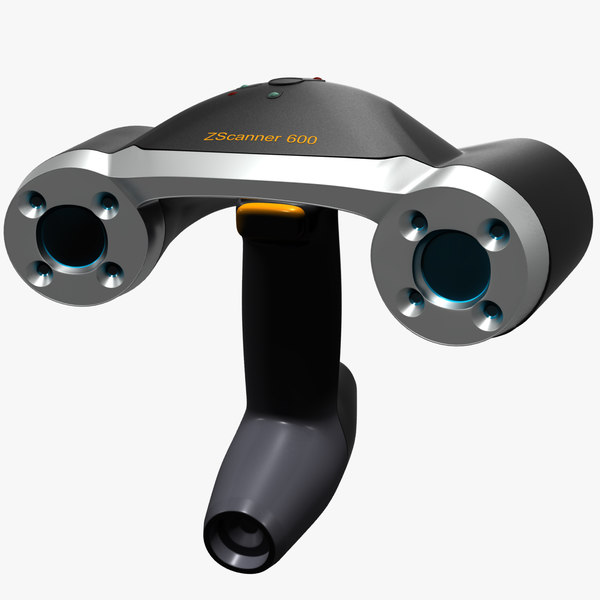Water dissolvable 3d printer filament
PVA Water Soluble Support 3D Printing Filament
$48.00 – $72.00
4 interest-free payments with Learn More
AquaTek™ PVA [Polyvinyl Alcohol] is a water-soluble support filament based on a new generation of PVA. This filament is ideal for printing complex parts using PLA, PVB, Nylon, and TPU.
[yith_wcwl_add_to_wishlist]
SKU: Select options above Brand: AquaTek™ Categories: Water Soluble Support, Support Filaments
- Description
- Reviews
- Questions & Support
This is a water-soluble support filament based on a new generation of PVA (polyvinyl alcohol, PVOH). AquaTek™ PVA Water Soluble Support is tap water-soluble and is easily removed from the printed part with room-temp water.
Extruder Temp
190-220°C
Bed Temp
23-70°C
Heated Chamber
Not required
Nozzle Specs
No special concerns
Bed Adhesion
Magigoo Bed Prep
Layer Height
No special concerns
Drying Specs
65°C for 4 hours
Supports
PVA is water soluble
Benefits of AquaTek™ PVA:
- Superior to traditional PVA filament
- Easily soluble in warm water
- Eco-friendly, biodegradable, and safe to dispose in house or office drains
- Ideal support material for the most popular desktop printing materials
Compatible Materials:
- AquaTek™ PVA is an industry favorite water soluble support material, it works excellent with all the following, and is very popular among makers and the desktop 3D printing community.
9 ohm surface resistivity on 3DP sample using concentric ring test method.
- Note: Internal studies have indicated that increased extruder temperatures can achieve higher levels of conductivity. Likewise, lower extruder temperatures have resulted in lower levels of conductivity. Each printer is set up differently, as well as varied printed part geometries. Therefore, expect some trial time to understand how this filament works with your specific printer and in the context of your specific application.
Recommended Support Removal Techniques:
Break away excess support material that’s easily accessible. This reduces dissolution time (more support material = a longer time to dissolve).
Submerge the part in warm water. Hot tap water is typically 38-49°C, which is more than adequate for dissolving AquaTek™ PVA. Please be safe with hot water!
Agitating and stirring the water reduces dissolution time further, either with mechanical agitation or a sonic cleaning bath system. Re-heat or replace the warm water as it cools off for as long as you still see support material un-dissolved.
Re-heat or replace the warm water as it cools off for as long as you still see support material un-dissolved.
Residue is ecologically safe and can be disposed of down a home or office drain. Rinse thoroughly with fresh, warm water.
Filament Specifications:
1.75mm and 2.85mm +/- 0.05mm in diameter
Recommended Print Settings:
- Extruder: 190-220°C
- Bed Temp: 23-70°C
- Bed Prep: Magigoo Bed Prep gives us the best results.
- Heated Chamber: Not required
- Other: AquaTek™ PVA will absorb moisture from ambient humidity like crazy, therefore best practice is to dry and store filament in a sealed container while not in use.
- Drying Instructions: 65°C for 4 hours
Questions?
Send us a message and we'll reach out as soon as we can!
Please enable JavaScript in your browser to complete this form.Name *
Business / Organization
Email *
Phone
What can we help you with? *
Newsletter Signup
- Sign me up for the 3DXTECH newsletter
PVA Filament Review - Best Soluble, Dissolvable Strand For 3D Printing
PVA filaments are among the most popular materials to use for 3D printing. It can be used independently, and it can also be used as a support material for PLA filaments.
It can be used independently, and it can also be used as a support material for PLA filaments.
PVA filament is among several types of filaments that can be used for 3D printing. Each of these filaments has their own distinct advantages. As for PVA, its unique characteristic is that it can quickly dissolve in water.
It highly depends on your project as well as your creative pursuits but PVA 3D printer filament can offer a lot when it comes to providing innovative solutions for your 3D printing projects. However, you must first understand how PVA should be stored and how it can be used so you can make the most out of the material. Read more to
Contents
- 1 What is PVA Filament
- 2 Advantages of Using PVA
- 3 Disadvantages of Using PVA
- 4 PVA Filament Settings
- 5 PVA Filament Temperature
- 6 Drying Your PVA Filament Before Using
- 7 How to Dissolve the PVA Filament?
- 8 PVA Support Material Limitations
- 9 3D Filament Storage Tips for PVA
- 10 Best PVA Filament: Top 3 Brands On The Market
- 10.
 1 1. eSUN PVA Filament
1 1. eSUN PVA Filament - 10.2 2. Gizmo Dorks PVA Filament
- 10.3 3. Rigid.Ink PVA Filament
- 10.
- 11 Conclusion
What is PVA Filament
PVA is the acronym for PolyVinyl Alcohol. It can also be shortened to PVAL of PVOH. It is a synthetic polymer. The process first begins with the polymerization of vinyl acetate so that it can form polyvinylacetate. After that, it is hydrolyzed so that the PVA filament can be created. You now have the material that you can use for 3D printing.
PVA is a material that is water soluble and is usually utilized as a support material. But the PVA can still be independently used in 3D printing.
When used as a support material, you can use PVA filaments for printing complex designs. This is because, with such designs, the manual removal of the material supporting it is difficult if not impossible.
But with PVA material, you just need to leave it in a water bath for a night, and it will dissolve the material completely.
📌What you have to keep in mind when using PVA is that it is hygroscopic. This means that it can absorb water from the air easily. You have to be mindful when it comes to storing PVA filaments by using sealed containers. You can even dry it in an oven prior to using it for printing.
Advantages of Using PVAA primary advantage when it comes to using PVA is that it dissolves in water. You may not immediately like the idea that your print is water-soluble. However, there are specific applications where that is exactly what you want to happen.
A good example is when you will need to print a support structure for your other prints and you need to remove that support when it is no longer needed. You can just submerge the print in water overnight and it will dissolve it leaving the main print as it is.
You can just submerge the print in water overnight and it will dissolve it leaving the main print as it is.
Another advantage of using water soluble PVA filament is that it is sustainable and biodegradable. It is also non-toxic as there is no oil needed in the process of its production.
When you just want to print prototypes or test out some prints, this is a great material to use because you can dispose of it and it will just decompose.
Disadvantages of Using PVASince PVA 3D filament easily dissolves in water which is its unique feature as it can be used in many applications, it is also its disadvantage. Again, it depends on your project and the purpose of your print. There may be times that PVA dissolvable filaments won’t be the best material to use.
When the print becomes exposed to weather, moist environments, or water, then the print is at risk of dissolving. Another thing to consider is the manner of storing this material.
Another thing to consider is the manner of storing this material.
It can be quite challenging to not expose it to moisture. Once you do, it will be damaged and it will affect the quality of your print. You will observe bubbles in the print
In addition, you also need to keep PVA filaments away from high temperature and heated elements because it has a low melting point. The melting point of PVA is just at 190°C. When it is exposed to temperature above 200°C, it will undergo pyrolysis.
When this happens, tar jams will be formed and those are hard to remove. You have to be careful about setting the right temperature because applying force or increasing the temperature will not be able to clear up the nozzle. When the nozzle is jammed, it needs to be re-drilled or even replaced.
PVA Filament SettingsFirstly, when using PVA filament 1.75, you will need a 3D printer that can perform dual extrusion. It is highly advisable that you use PVA alongside PLA filaments as the primary material because of the similar printing temperature of the two, making them a good pair.
It is highly advisable that you use PVA alongside PLA filaments as the primary material because of the similar printing temperature of the two, making them a good pair.
With dissolvable supports, you can print parts that have intricate details, parts with internal cavities that you will have a hard time clearing if you will use the same material for support, or suspended parts that you don’t want to have any scarring when you remove the support.
When you use PVA filament 3mm as support material, you just have to soak the parts, wait overnight, and see your masterpiece in the morning.
PVA Filament TemperatureYou have to be aware that the brand of filament PVA that you will use is also a factor in the temperature setting. The PVA filaments from MatterHackers print at around 185°C. For Ultimaker, the temperature for printing is at around 215°C.
Remember not to set the temperature too high when you are using PVA filaments because it is prone to carbonizing and cooking in your nozzle.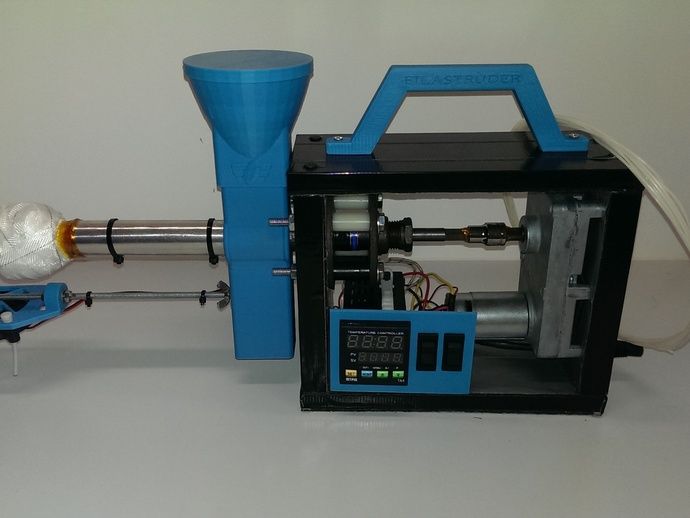 In short, it easily clogs. So, be mindful of the temperature setting and also remove the filament from your nozzle when you are not using it.
In short, it easily clogs. So, be mindful of the temperature setting and also remove the filament from your nozzle when you are not using it.
The same with nylon, PVA filaments are hygroscopic, meaning they easily absorb water from the air. When opening your PVA filament roll, keep the desiccant that came along with it so that you can use it when storing the material in a sealed container.
If you do not store your PVA filaments properly, you will observe that the material will hiss and pop while you are printing. This indicates that it has absorbed water. But don’t worry about it. You can still use your material. Simply pop it in the oven for a few hours so that the moisture will evaporate. And then make sure that you store it properly after that.
How to Dissolve the PVA Filament?Dissolving the print from PVA filament is very easy. You just have to submerge it in water. Within just twenty minutes, it will begin to dissolve at room temperature. Within twenty-four hours, the print will be dissolved completely. You can also speed things up by using warm water.
You just have to submerge it in water. Within just twenty minutes, it will begin to dissolve at room temperature. Within twenty-four hours, the print will be dissolved completely. You can also speed things up by using warm water.
One of the best ways that you can clean off the PVA material that you have used as support is to try and break of as much as you can before you soak it. Remember to be careful as you may damage the smaller parts that are in the PVA material.
After you have removed as much material as possible, you can now submerge the parts in warm water. Don’t use boiling water or very hot water because you might damage the parts. Just keep in mind that warm water will allow the PVA material to dissolve faster.
PVA Support Material LimitationsThe best material to be used with PVA is PLA because they have similar printing temperature.
If you will use other types of filaments for 3D printing such as TPE, Nylon, PETG, or ABS, you will need to set the temperature higher as compared to PVA.
In this case, you have to consider using another support material. As mentioned, PVA filaments have low melting point and should not be exposed to temperature above 200°C.
For example, when printing with ABS, the perfect support will be HIPS. Get to know which of these materials match well with others so that you get the right support that you need for your 3D printing projects.
3D Filament Storage Tips for PVAMake sure that you store your PVA filaments inside an airtight container. Place silica in it so that it remains dry.
Store the container at room temperature and make sure that it stays dry. If you store your PVA filaments properly, it will greatly increase its shelf life.
Best PVA Filament: Top 3 Brands On The MarketNow that we have covered the basics that you need to know about this 3D printing material, we’ll share with you some of the best brands that manufacture PVA filaments.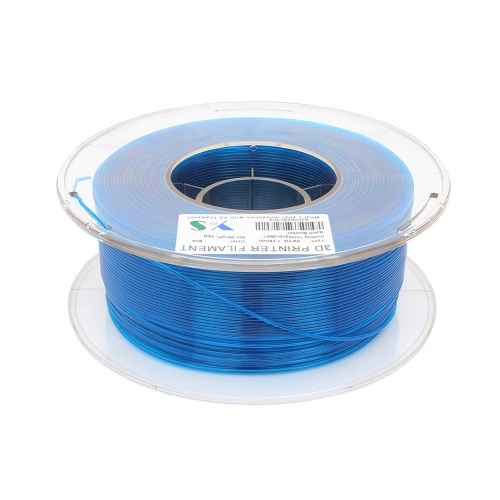
Check Price at Amazon
This brand produces good PVA material that lets you print great parts.
However, it does cost a bit compared to other types of filaments from the same manufacturer. eSUN is arguably the most preferred brand when it comes to PVA filaments today.
Pros
- Excellent adhesion
- Great support material
- Dissolves nicely
Cons
- May clog nozzles at high temperatures
- May sometimes bubble when printing
- May ooze out of control at high temperatures
Check Price at Amazon
Go to top
2. Gizmo Dorks PVA FilamentCheck Price at Amazon
This is another brand that manufactures reliable PVA filaments. Just like PVA filaments from other brands, you may find that it can be somewhat stringy.
Do take some time to adjust the temperature settings so that you get just the right temperature so that you won’t have any problems with it being stringy.
Pros
- Works great when printed slowly
- Sticks well with PLA
- Reliable printing material for support
Cons
- Some find that it does not dissolve as easily as expected
- May be a bit costly compared to other brands
- Only sticks to PLA not to ABS
Check Price at Amazon
Go to top
3. Rigid.Ink PVA FilamentCheck Price at Amazon
With this brand, you can expect a good quality PVA material that is almost identical with other top brands.
You may observe though that compared to other brands, this one will stick better to ABS and PLA. So it’s a good point to consider.
Pros
- Bonds well with PLA
- Easy to clean up after printing
- High quality material
Cons
- Some users experienced that it doesn’t stick to the print bed
| Brand | Star Rating | Print Temp. | Diameter | Weight | Prices |
| eSUN | 3.8 | 190-200°C | 1.75 mm | 1.1 lbs | $39.99 |
| Gizmo Dorks | 3.7 | 170-190°C | 1.75mm | 1.79 lbs | $38.95 |
| Rigid.Ink | 4.4 | 190°C | 1.75 mm/ 2.85mm/ 3mm | 1 kg/ 300g/ 10m | $44.63 |
Check Price at Amazon
Go to top
ConclusionPVA is a great filament and as a supporting material. However, storage and handling are quite critical as it has a low melting point and should be kept from moisture. But there are certain applications when this is the best option to get the job done.
What do you think about the brands we have listed above? What are your experiences in using PVA filaments for 3D printing? Do share your thoughts with us.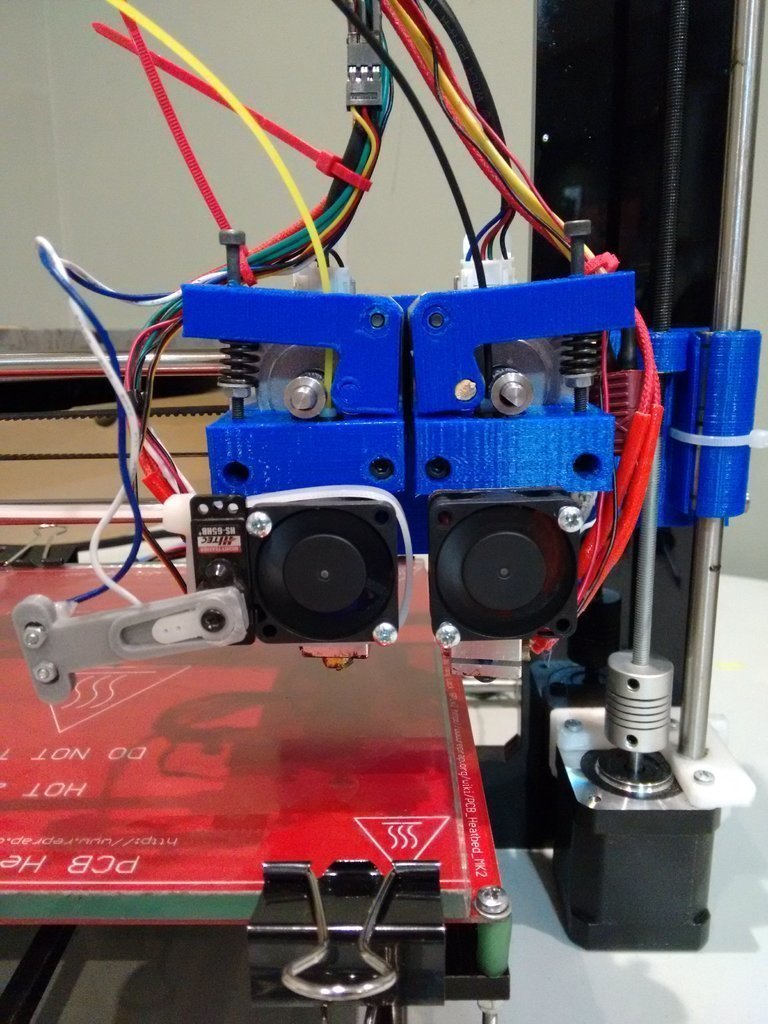 We would love to know.
We would love to know.
📌For any questions about PVA filaments and other types of filaments or brands, simply leave a comment, and we will get back to you.
References:
www.matterhackers.com/news/how-to-succeed-when-3d-printing-with-pva-support-material
www.allthat3d.com/pla-vs-abs/
www.allthat3d.com/pla-filament/
www.printermaterials.com/best-pva-filament/
www.amazon.com/eSUN-1-75mm-filament-natural-0-5kg/dp/B00MVIQASU
www.amazon.com/Gizmo-Dorks-Filament-Printers-Natural/dp/B00ITZQT8U
www.rigid.ink/products/pva-soluble-support-material-1-75-mm-2-85-mm-0-03-mm-tolerance
www.gizmodorks.com/blog/all-about-pva-filament/
3D printing support | ESUN PVA
Skip to navigationSkip to content
Basket
Envelope Telegram Vk whatsapp Youtube
Product search
0₽ Cart
- +7 (495) 143-28-00
- info@multismol.
ru
- Mon - Fri: 9:00 - 18:00
0₽ Cart
Plastic
Accessories
ESUN PVA - Water Soluble Support for 3D Printing
3 450₽ Add to cart
3 450₽
Product Quantity ESUN PVA - Water Soluble Support for 3D Printing
Article: PVA-ESU-05-NAT-175 Categories: Buy ESUN plastics and photopolymers in Multismol, Materials for engineers, Plastics for 3d printing Tags: 1.75mm, FDM, Water-soluble, Eco-friendly Brand: Esun
ESUN PVA is a water-soluble plastic support for 3D printing.
- Soluble in water
- Support printing only
- Delivery: 2-5 days
- Colour: natural
- Diameter: 1.75
- Smell: not strong
- Manufacturer: eSun, China
- Net weight: 0.5 kg
ESUN PVA is a water soluble material for 3D printing support structures. The applied 3d printing technology is FDM.
- Description
- Details
- Payment
- Guarantees
- Delivery
- Return
- Reviews 0
ESUN PVA - Water soluble support for 3D printing.
ESUN PVA is a highly specialized water soluble 3d plastic. This material is used exclusively for printing support structures. Support from this material is removed by dissolving in water at room temperature. Meanwhile, warm water can be used to speed up the dissolution process.
ESUN PVA filament is highly hygroscopic and not suitable for product printing.
The main disadvantages of the material:
Firstly, the high price (compared to PLA and HIPS). Secondly, the material is hygroscopic. Thirdly, ESUN PVA is fragile. As a result, the material is not suitable for printing products, parts or models. Scope - printing support structures only.
Properties of ESUN PVA Water Soluble Support for 3D Printing:
- biodegradable;
- dissolves in room temperature water;
- non-toxic, no effect on the skin;
- can be printed with most other materials due to high adhesion;
- after cooling is easily separated from the base material;
- plasticity between plastic and rubber;
- heating the water to 60°C will speed up the dissolution significantly;
Print options:
- Print temperature range: 190-210°C;
- Table temperature: 60-80 °C
Parts
| Weight | 0.99kg |
|---|
Payment
| The Multismol online store provides cash and non-cash payment. Cash payment is possible only upon delivery of the order by an employee of a courier company in Moscow, Moscow region, St. Petersburg and the region. In all other cases, we accept non-cash payments through the secure Internet acquiring of PJSC Sberbank. We accept cards of payment systems VISA, Mastercard, MIR, JSB. You can also use SberPay to pay. If you want to purchase goods for business, let us know and we will issue you an invoice for payment from the current account of a legal entity or individual entrepreneur. You can get more detailed information about payment in the section - Payment. |
Guarantees
| The Multismol shop carries out its activities within the framework of the legislation of the Russian Federation. We guarantee that all goods are purchased legally from manufacturers, we do not distribute illegal goods or fakes. We guarantee a refund if the product is out of stock or not delivered. We use the official Internet acquiring of PJSC Sberbank for payment, which guarantees secure payment. |
Delivery
| We deliver orders in Moscow and the region, in St. Petersburg, in Russia, to countries near and far abroad. General conditions for the delivery of orders, as well as specific information on each delivery method, are set out in the Delivery section of the Multismol online store. |
Return
| Return of goods is carried out in accordance with the Civil Code of the Russian Federation, the Law of the Russian Federation "On the Protection of Consumer Rights", regulations governing online trading in the Russian Federation. To facilitate the return procedure, we ask you to record the violations of the packaging, the absence of goods in the package or the presence of other goods in the package upon receipt of the goods. Return of goods is carried out at the expense of the buyer and provided that the packaging is preserved. Except for cases where the delivered goods are of inadequate quality, damaged goods, or the goods have been sorted. In any case, we always meet our customers and try to solve the problem that the client has, it is important for us that the client is satisfied with the purchase in the Multismol online store. |
Using Dissolvable Filament to Create Supports
Using Dissolvable 3D Printer Filament is an easy and effective way to create support structures for your 3D printed part. In this article, we'll take a look at the different types of dissolvable filaments on offer, the benefits of using them over insoluble filaments, and tips and tricks for the smoothest possible printing process.
FDM 3D printing is a manufacturing technology that allows you to create parts with complex geometries that are usually impossible to obtain using traditional methods. However, when using this technology, each layer of the part requires supports, either on the structure of the part itself or on an additional supporting structure.
With a single extruder 3D printer, you are limited to using the base material of the printed part to create the support structure. Things are different with dual-extruder printers, since dissolvable filaments can be used to create support structures.
Soluble 3D Printing Filament Types
Water Soluble 3D Printing Filaments
These materials are known for their solubility in ordinary water without any aggregates. This makes them an excellent option, as their dissolution does not pose any danger, and also does not cause any reaction to the base material of the product.
One of these materials is PVA, which is the most commonly used support material in 3D printing. BVOH is another widely used material with better material compatibility than PVA as well as faster dissolution time.
Water Soluble Chemical 3D Printer Filaments
Some industrial grade materials are not compatible with filaments such as PVA or BVO due to their chemical properties and/or heat resistance. For this reason, materials like BVOH or PVA have been designed with additional properties to make them compatible with high temperature materials such as PEEK, PEKK, PPSU, PP and others.
To dissolve these supports, the pH of the water must be acidic in order to break down the sugar that this type of material normally contains, as this is less hazardous than the use of solvents.
Soluble 3D Printer Filament with Organic Solvents
These are the least used materials due to the difficulty of using organic solvents with the polymers most used in 3D printing as the solvent can react with the print material and damage it.
The advantage of using these materials is their high compatibility with the construction material. The most common example is HIPS as a support material for ABS.
Insoluble and dissolvable filaments for 3D printers
Soluble filaments for support structures have advantages and disadvantages compared to using insoluble filaments:
- Easy to remove supports
- appropriate solvent and wait until the supports are gone. This is very useful for parts with a very complex structure.
- Improved contact surface quality
- This benefit is related to the first point; since the material is easily removed, a strong base can be created in the area where supports are required, resulting in a smooth surface without filament residue.
- Less need for post-processing of the model
- The ability to print complex 3D models with high surface quality, thanks to the use of dissolvable filaments, also reduces the need for post-processing tasks such as polishing, grinding, gluing, etc.
- Longer print time
- The problem with using dissolvable filaments is that the 3D printing time is longer because materials need to be changed during the process.
However, there are techniques for optimizing the support structure to reduce this problem.
Tips for creating supports with dissolvable filaments
By changing some settings in your slicer, you can get solid supports to improve the quality of your 3D model.
Strengthening the Supports
It is quite common to create thin supports for very thin parts of a model, however they are not strong and tend to break during the printing process. To increase their strength, the following support configuration parameters can be adjusted:
Support Horizontal Extension: Increases the overall thickness of the support, allowing the tower to be thicker and stronger.
Avoid breakage of supports during printing
Supports are as thick as the diameter of the hot end, so they are usually quite fragile and can break during printing. By changing the pattern and other parameters, the strength can be increased:
- Support pattern: Patterns such as grid and triangle are quite resistant to tearing during printing.
It is recommended to print such patterns only on soluble material, as they are quite difficult to remove.
- Support print speed: If supports are printed too fast, there is a risk of the structure breaking. Reducing the speed avoids vibration or damage to the structure as the head passes.
Improving the quality of the surface of the model
The quality of the contact surface depends on the distance Z from the support pattern, the direction of the upper and lower perimeter lines and the amount of material holding the base of the model. Changing these parameters can improve the quality of the surface, but will complicate the process of extracting supports.
- Density of supports: The higher the density, the better the model will hold and therefore the surface finish will improve.
- Top/Bottom Line Direction: Changing the direction of the perimeter pattern helps hold the bottom layer of the model, as it allows the support and the perimeter pattern to intersect better.
Learn more


